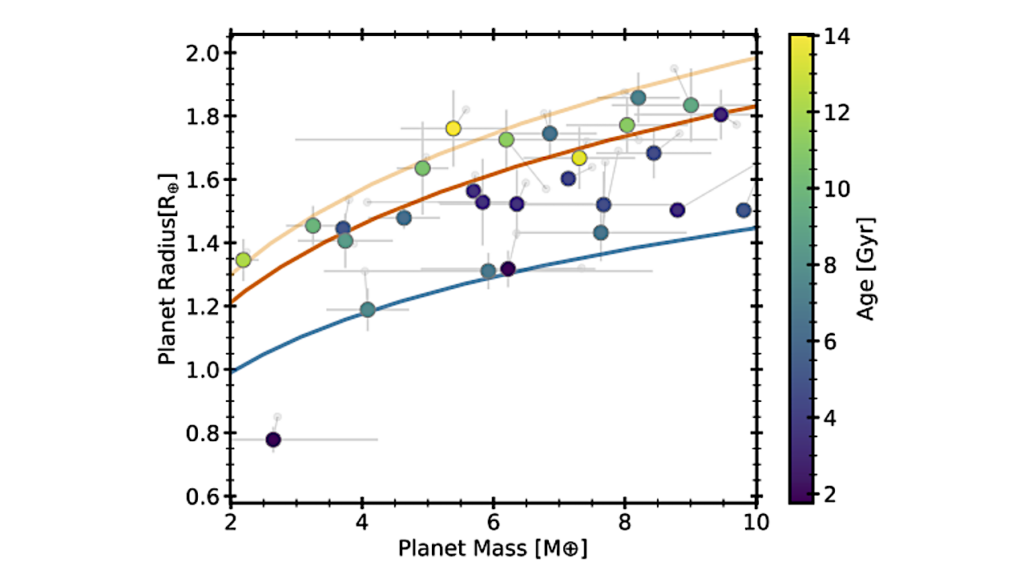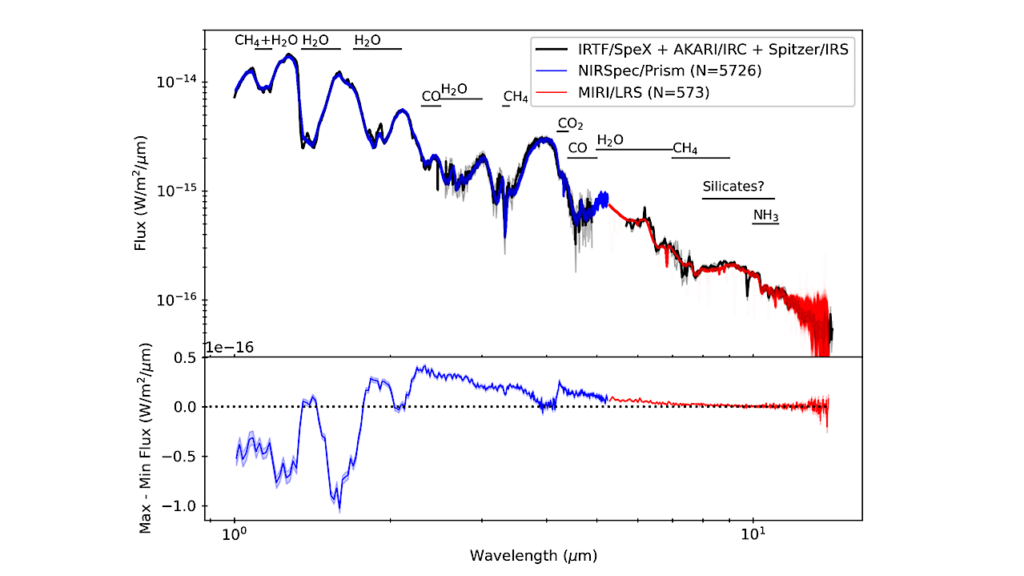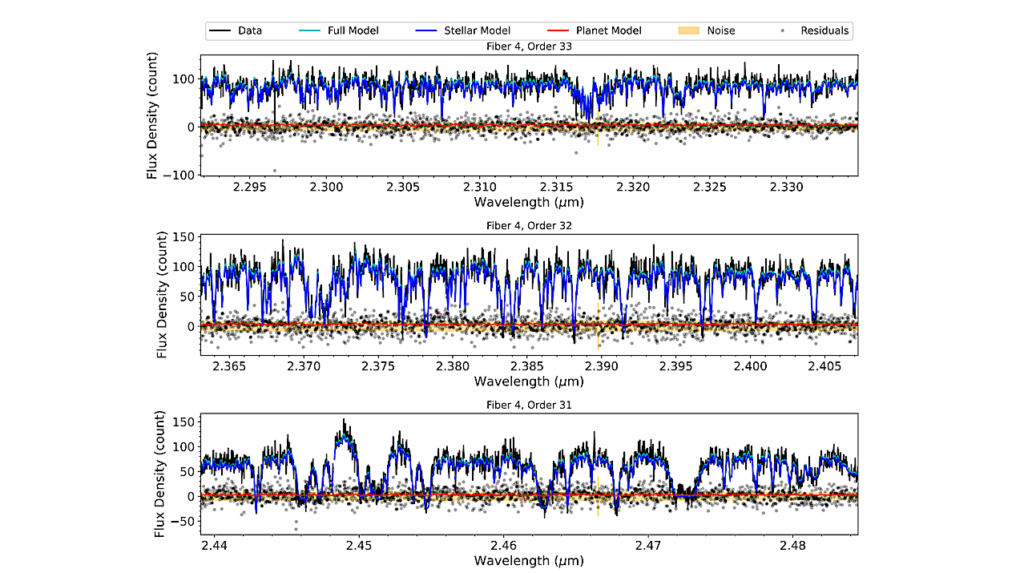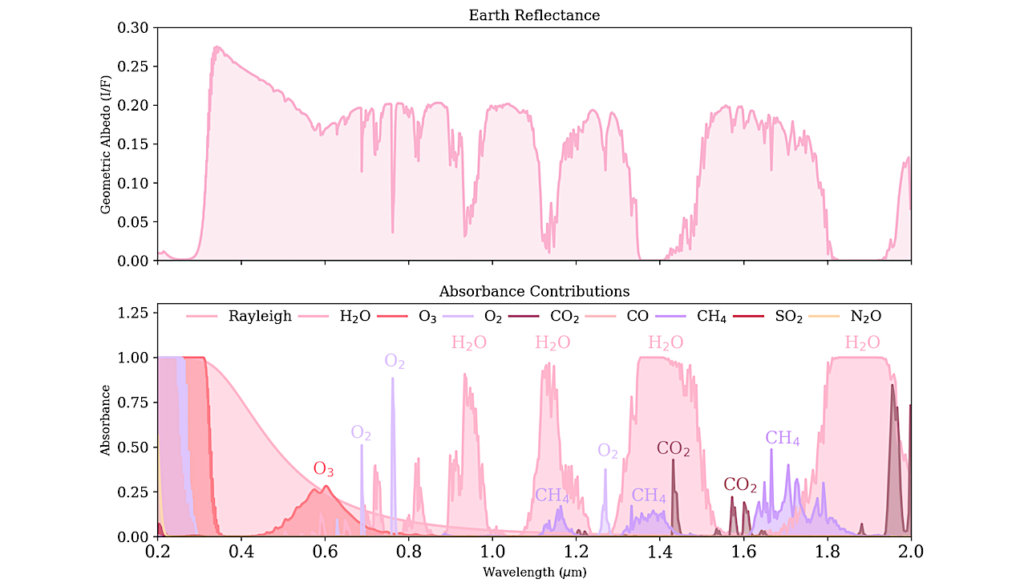Topography of (exo)planets

Current technology is not able to map the topography of rocky exoplanets, simply because the objects are too faint and far away to resolve them. Nevertheless, indirect effect of topography should be soon observable thanks to photometry techniques, and the possibility of detecting specular reflections.
In addition, topography may have a strong effect on Earth-like exoplanet climates because oceans and mountains affect the distribution of clouds {Houze2012}. Also topography is critical for evaluating surface habitability {Dohm2015}.
We propose here a general statistical theory to describe and generate realistic synthetic topographies of rocky exoplanetary bodies. In the solar system, we have examined the best-known bodies: the Earth, Moon, Mars and Mercury. It turns out that despite their differences, they all can be described by multifractral statistics, although with different parameters.
Assuming that this property is universal, we propose here a model to simulate 2D spherical random field that mimics a rocky planetary body in a stellar system. We also propose to apply this model to estimate the statistics of oceans and continents to help to better assess the habitability of distant worlds.
François Landais, Frederic Schmidt, Shaun Lovejoy
(Submitted on 31 Jan 2019)
Subjects: Earth and Planetary Astrophysics (astro-ph.EP)
DOI: 10.1093/mnras/sty3253
Cite as: arXiv:1902.00047 [astro-ph.EP] (or arXiv:1902.00047v1 [astro-ph.EP] for this version)
Submission history
From: Francois Landais
[v1] Thu, 31 Jan 2019 19:36:57 UTC (2,049 KB)
https://arxiv.org/abs/1902.00047
Astrobiology








